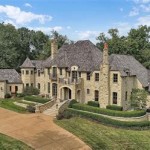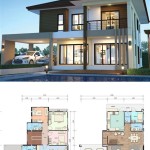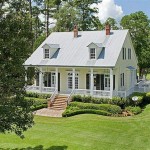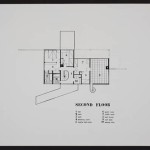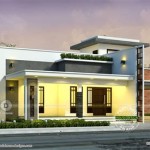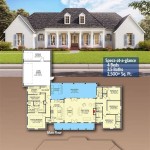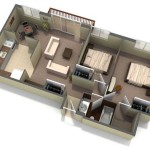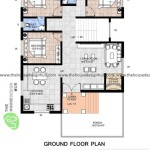Essential Aspects of Modular Housing Floor Plans
Modular housing has gained popularity as a sustainable and efficient alternative to traditional construction methods. These homes are built in modules in a controlled factory setting, then transported to the site for assembly. Floor plans are crucial in modular housing as they determine the layout, functionality, and livability of the home.
Planning Considerations
When designing modular floor plans, several factors should be taken into account:
* Site Conditions: Consider the size, shape, and topography of the building site. * Building Code Requirements: Ensure the floor plan adheres to all local building codes and regulations. * Program Requirements: Determine the number and types of rooms, bathrooms, and other spaces required. * Flow and Circulation: Design a floor plan that promotes easy movement and interaction between spaces. * Daylighting and Natural Ventilation: Maximize access to natural light and fresh air by incorporating windows and doors strategically.Module Size and Configuration
Modular homes are typically built using standardized module sizes, such as 12' x 12' or 16' x 24'. The size and configuration of the modules influence the overall layout of the house. Multiple modules can be combined to create larger and more complex floor plans.
Consider the following when determining the module configuration:
* Space Requirements: Ensure each module accommodates the desired space functions and eliminates wasted space. * Transportation and Assembly: Modules must be designed for efficient transportation and ease of assembly on site. * Structural Considerations: The module configuration should provide sufficient structural support and stability for the entire house.Layout Options
Modular housing offers a versatile range of layout options. Common floor plan designs include:
* Open Concept Plans: These plans emphasize seamless flow and interaction between living areas, creating spacious and airy spaces. * Traditional Plans: Traditional floor plans feature separate rooms, providing privacy and defined spaces for different functions. * Hybrid Plans: Hybrid plans combine open and traditional concepts, offering both connectedness and privacy. * Multi-Story Plans: Modular houses can be built with multiple stories, allowing for vertical expansion without sacrificing space efficiency.Customization and Flexibility
One of the benefits of modular housing is its flexibility. Floor plans can be customized to suit specific needs and preferences. Homeowners can choose from a range of interior finishes, appliances, and fixtures to create a truly personalized space.
Additionally, modular homes can be expanded or reconfigured over time. Additional modules can be added to accommodate growing families or changing lifestyle needs.
Conclusion
Modular housing floor plans are integral to the design and construction of these innovative homes. By considering essential aspects such as planning considerations, module configuration, layout options, and customization, homeowners can create functional, livable, and stylish spaces that meet their specific requirements.

Modular Home Floorplans Layouts Next

Modular House Plans Modularhomeowners Com

Modular Home Floor Plans Gordon S Homes

Modular Design May 2024 L Shaped House Plans

Modular Floor Plans Signature Building Systems

Floor Plans Finish Werks

Lee Floor Plan Austin Tx Modular Homes

Modular Homes Floor Plan Model 9561

Manufactured And Modular Home Floor Plans Designs House Plan With Loft Small

Custom Modular Homes Home Builder Renovations

